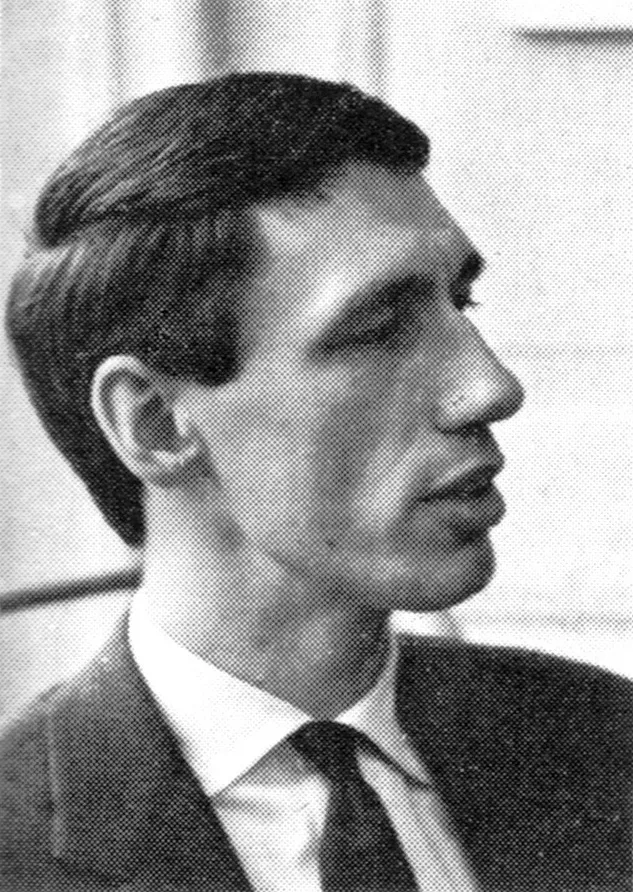

Information
“Kieler Woche is a festival that takes place each year in Kiel, Germany. The festival includes nautical competitions as well as cultural events. Each year 5 designers are invited to submit 3 sketches for the event’s poster. The rules are simple. The text on the poster must be limited to only Kieler Woche and the year. The type for Kieler Woche must be set in Adrian Frutiger’s Univers. Lastly the the image must give equal weight to the sailing competition as to the cultural aspects of the festival. Designers that have contributed to this event include: Wim Crouwel, Michael Engelmann, Celestino Piatti, Anton Stankowski, Waldemar Swierzy, Otto Treumann, Hans Schweiss, Jean Widmer, Ruedi Baur, Ben Bos, Siegfried Odermatt and Rosemarie Tissi.” (source) Dave Cuzner, Grain Edit
Details
Linked Information
